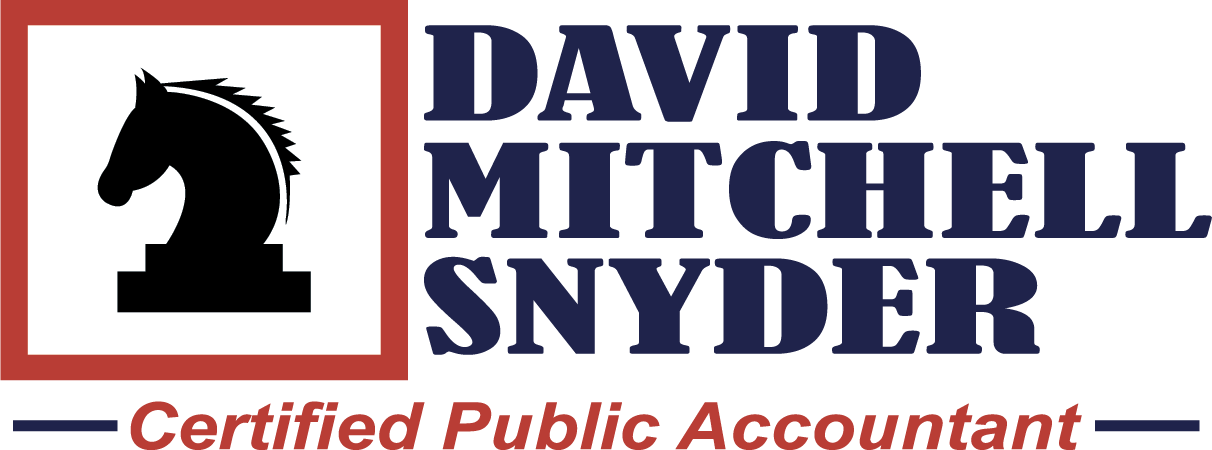The Principal Residence Gain Exclusion
The $250,000 ($500,000, if married) home sale gain exclusion break is one of the great tax-saving opportunities.

The $250,000 ($500,000, if married) home sale gain exclusion break is one of the great tax-saving opportunities.
To take full advantage of the principal residence gain exclusion break, you must pass two tests: the ownership test and the use test.
• To pass the ownership test, you must have owned the home for at least two years out of the five-year period ending on the sale date.
• To pass the use test, you must have used the home as your principal residence for at least two years out of the five-year period ending on the sale date.
Key point. These two tests are completely independent. In other words, periods of ownership and use need not overlap.
If you’re married and you and your spouse file your tax returns separately, you can potentially qualify for two separate $250,000 exclusions.
If you’re married and file jointly, you qualify for the $500,000 joint-filer exclusion if
• either you pass or your spouse passes the ownership test for the property and
• both you and your spouse pass the use test.
When you file jointly, it’s also possible for both you and your spouse to individually pass the ownership and use tests for two separate residences. In that case, you and your spouse would qualify for two separate $250,000 exclusions.
Each spouse’s eligibility for the $250,000 exclusion is determined separately, as if you were unmarried. For this purpose, a spouse is considered to individually own a property for any period the property is owned by either spouse.
The exclusion is generally available only when you have not excluded a previous home sale gain within the two-year period ending on the date of the later sale. In other words, you cannot use the gain exclusion twice in any two-year period.
